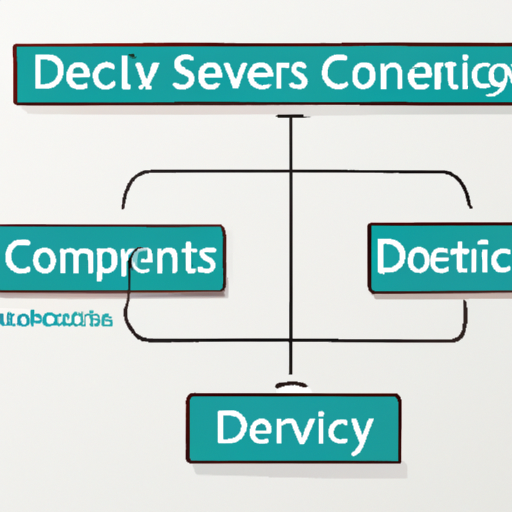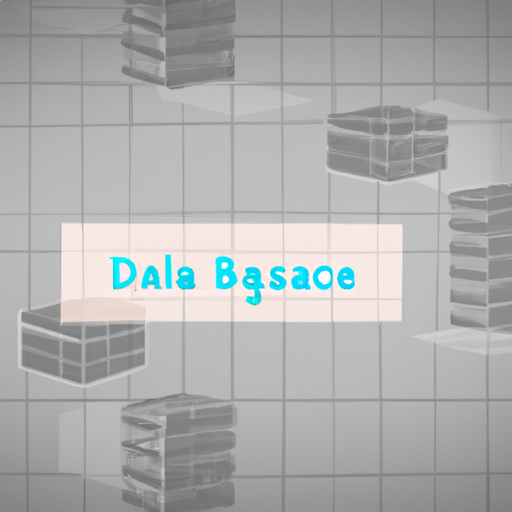-
Table of Contents
“Unlock the power of DevOps and Continuous Delivery for faster, more reliable software delivery.”
Introduction
DevOps and continuous delivery are two closely related concepts that have revolutionized the way software is developed and deployed. DevOps is a set of practices that emphasize collaboration between software developers and IT operations teams to improve the speed and quality of software delivery. Continuous delivery is a software development practice that enables teams to rapidly and reliably deliver software changes to customers. Together, these two concepts have enabled organizations to reduce the time it takes to deliver software from months to days, or even hours.
The Benefits of Automating Your DevOps Pipeline
DevOps is a set of practices that combines software development and IT operations to enable faster and more reliable software delivery. Automating the DevOps pipeline is a key component of this process, as it helps to streamline the development and deployment process. Automation can help to reduce errors, improve efficiency, and increase the speed of software delivery.
One of the primary benefits of automating the DevOps pipeline is improved efficiency. Automation can help to reduce the amount of manual work required to deploy and manage software, allowing teams to focus on more important tasks. Automation can also help to reduce the time it takes to deploy software, as tasks can be completed more quickly and reliably. This can help to reduce the time to market for new software, allowing teams to get their products to customers faster.
Automation can also help to reduce errors in the software delivery process. Automated processes can help to ensure that tasks are completed correctly and consistently, reducing the risk of errors. Automation can also help to reduce the amount of time spent debugging and troubleshooting, as errors can be identified and addressed more quickly.
Finally, automating the DevOps pipeline can help to improve collaboration between teams. Automation can help to ensure that tasks are completed in a consistent manner, allowing teams to work together more effectively. Automation can also help to reduce the amount of manual work required to deploy and manage software, allowing teams to focus on more important tasks.
In summary, automating the DevOps pipeline can provide a number of benefits, including improved efficiency, reduced errors, and improved collaboration. Automation can help to reduce the amount of manual work required to deploy and manage software, allowing teams to focus on more important tasks. Automation can also help to reduce the time it takes to deploy software, as tasks can be completed more quickly and reliably. Finally, automation can help to improve collaboration between teams, as tasks can be completed in a consistent manner.
How to Implement Continuous Delivery in Your Organization
Continuous Delivery (CD) is an important part of any organization’s software development process. It is a process that enables organizations to quickly and reliably deliver software to their customers. Implementing CD in an organization requires careful planning and execution.
The first step in implementing CD is to define the scope of the project. This includes identifying the goals and objectives of the project, the timeline, and the resources needed. It is important to ensure that the scope is realistic and achievable.
The next step is to create a plan for the implementation of CD. This plan should include the steps needed to set up the CD process, such as setting up the necessary infrastructure, creating the necessary automation scripts, and setting up the necessary monitoring and reporting tools.
Once the plan is in place, the organization should begin to implement the CD process. This includes setting up the necessary automation scripts, configuring the necessary infrastructure, and setting up the necessary monitoring and reporting tools. It is important to ensure that the process is properly tested and validated before it is deployed.
Finally, the organization should monitor the CD process to ensure that it is working as expected. This includes monitoring the performance of the system, the reliability of the system, and the quality of the software being delivered.
Implementing CD in an organization requires careful planning and execution. It is important to ensure that the scope of the project is realistic and achievable, that the plan is properly implemented, and that the process is monitored and validated. By following these steps, organizations can ensure that they are able to quickly and reliably deliver software to their customers.
The Role of Containers in DevOps and Continuous Delivery
Containers have become an integral part of DevOps and Continuous Delivery. Containers are a form of virtualization technology that allow applications to be packaged into isolated, self-contained units that can be easily deployed and managed. This makes them ideal for use in DevOps and Continuous Delivery, as they enable applications to be quickly and easily deployed across multiple environments.
Containers provide a number of benefits for DevOps and Continuous Delivery. Firstly, they enable applications to be quickly and easily deployed across multiple environments. This is because containers are self-contained units that can be easily moved between different environments. This makes it easier to deploy applications in different environments, such as development, staging, and production.
Secondly, containers provide a consistent environment for applications. This is because containers are isolated from the underlying operating system, meaning that applications can be deployed in the same environment regardless of the underlying operating system. This makes it easier to ensure that applications are running in a consistent environment, which is essential for DevOps and Continuous Delivery.
Thirdly, containers enable applications to be quickly and easily scaled. This is because containers can be quickly and easily cloned, meaning that applications can be quickly and easily scaled up or down as needed. This makes it easier to ensure that applications are running at the optimal level of performance.
Finally, containers enable applications to be quickly and easily updated. This is because containers can be quickly and easily updated with new versions of the application. This makes it easier to ensure that applications are always running the latest version, which is essential for DevOps and Continuous Delivery.
In conclusion, containers are an essential part of DevOps and Continuous Delivery. They enable applications to be quickly and easily deployed across multiple environments, provide a consistent environment for applications, enable applications to be quickly and easily scaled, and enable applications to be quickly and easily updated. As such, containers are an essential part of any DevOps and Continuous Delivery strategy.
Strategies for Managing Complex DevOps Environments
1. Automate Everything: Automation is key to managing complex DevOps environments. Automating processes such as provisioning, configuration, deployment, and monitoring can help reduce errors and improve efficiency. Automation also helps to ensure consistency across environments, which is essential for managing complex DevOps environments.
2. Use Version Control: Version control is essential for managing complex DevOps environments. Version control systems such as Git and Subversion allow developers to track changes to code and configuration files, making it easier to identify and fix issues. Version control also helps to ensure that all environments are running the same version of code and configuration files.
3. Monitor Performance: Monitoring performance is essential for managing complex DevOps environments. Monitoring tools such as New Relic and Datadog can help identify performance issues and provide insights into how to improve performance.
4. Implement Continuous Integration and Delivery: Continuous integration and delivery (CI/CD) is a key component of managing complex DevOps environments. CI/CD pipelines allow developers to quickly and reliably deploy code and configuration changes to production environments.
5. Utilize Infrastructure as Code: Infrastructure as code (IaC) is a key component of managing complex DevOps environments. IaC allows developers to define and manage infrastructure as code, making it easier to provision, configure, and deploy infrastructure.
6. Leverage Containers: Containers are a great way to manage complex DevOps environments. Containers allow developers to package applications and their dependencies into isolated, lightweight containers that can be quickly and reliably deployed across environments.
7. Adopt DevOps Best Practices: Adopting DevOps best practices is essential for managing complex DevOps environments. Practices such as continuous integration, continuous delivery, and infrastructure as code can help ensure that environments are running smoothly and efficiently.
Conclusion
DevOps and continuous delivery are powerful tools that can help organizations improve their software development process. By automating the process of building, testing, and deploying software, DevOps and continuous delivery can help organizations reduce costs, improve quality, and increase speed to market. Additionally, DevOps and continuous delivery can help organizations increase collaboration and communication between teams, allowing them to work together more efficiently. Ultimately, DevOps and continuous delivery can help organizations become more agile and responsive to customer needs.




